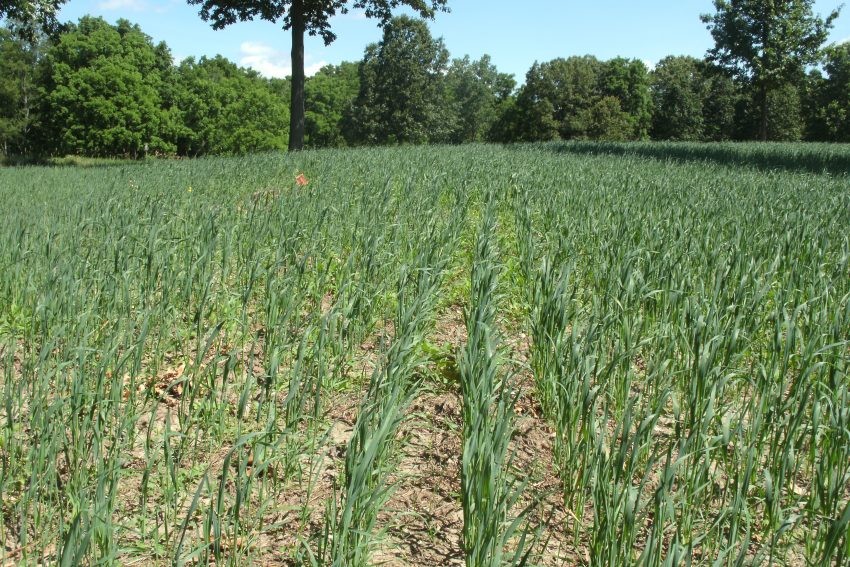Hello Nurse Crop

Nurse crops have been used for years, but often are overlooked during the planning process of reclamation seeding. Perennial grasses and forbs are aided by nurse crops because they offer protection as the plants establish. A properly planned nurse crop aids in erosion control, creates a wind break for young seedlings, and can even suppress weed pressure. They can also be harvested for hay, grain, or even grazed as part of a production plan. Let’s take a closer look at nurse crops and how to get started.
- Do I need a nurse crop? Not all perennial grass plantings necessarily require a nurse crop, but most will benefit from the practice. Perennial native grasses and forbs germinate and establish at different rates. Using a quick germinating and establishing nurse crop will provide protection for the young reclamation seedlings.
- What kind to use? – The most common nurse crops used are:
- annual ryegrass
- teff grass
- sterile triticale
- small grains such as wheat, oats, barley, cereal rye, millet, and sorghums.
A new option when selecting a nurse crop is little barley, which is a native cool season species recently introduced on the commercial market. Before its release, there were no native cool season annual nurse crop options available. The time of year perennial grasses are planted determines which kind of nurse crop to plant. If planting in the fall, a cool season nurse crop should be planted. Examples of a cool season nurse crop are annual ryegrass, sterile triticale, wheat, oats, barley, cereal rye, and little barley. For a spring seeding, the best nurse crop options would be teff grass, millet, and sorghum.
- Application – The best application method depends on the nurse crop. Nurse crops that have a low seeding rate, such as teff grass, can easily be blended with the perennial native grasses before drilling. If the nurse crop has a high seeding rate, such as wheat, the nurse crop is not blended with the grasses. This is because seeding rates are drastically different, and it is almost impossible to maintain a consistent blend. Ideally when a high seeding rate nurse crop is used, it will be applied using the small grain box on the drill, while the grasses will be applied using the drill’s native grass seed box. Most high seeding rate nurse crops can also be applied with a broadcast seeder if preferred.
- Maintenance – Often overlooked during the reclamation seed planning process, maintenance is key to the success of a nurse crop. If a nurse crop becomes too tall, it completely blocks sunlight from reaching the reclamation seedlings, therefore mowing or shredding may be necessary. Mowing is also a good practice when using a small grain nurse crop because there is concern of viable seed germinating volunteer plants the following season. Haying and or grazing are also great options to consider when choosing a nurse crop. In some instances, a nurse crop may need to be terminated with a herbicide application. For example, if a warm season perennial native grass is seeded in the winter with a cool season nurse crop, chemical termination could be necessary in the early spring before the native grasses germinate.
Nurse crops are a great tool to help insure a successful native grass planting. The experts at Bamert Seed Company can help answer any nurse crop questions. Feel free to contact one of our Reclamation Specialists and we will develop a site-specific nurse crop that fits your needs.



